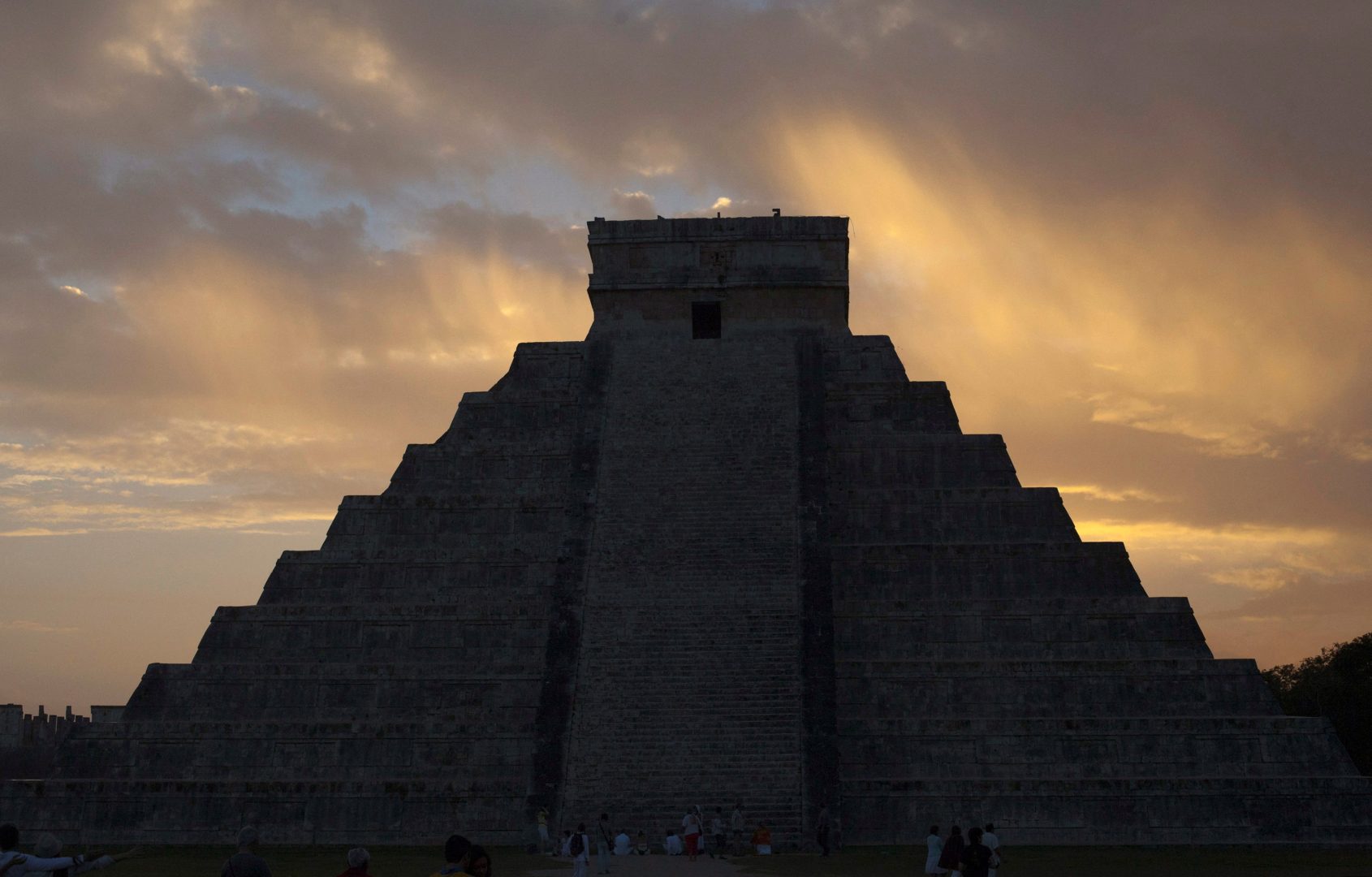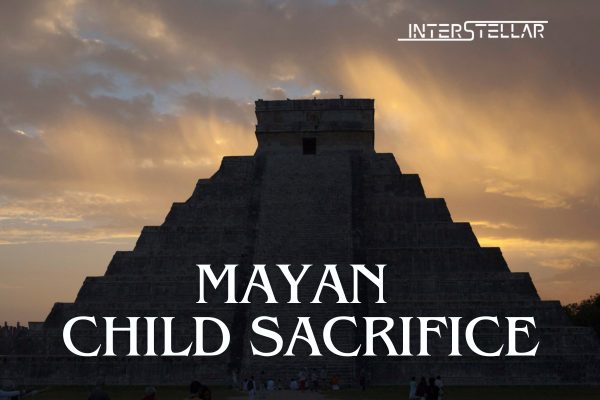DNA Analysis Reveals Insights into Maya Child Sacrifice
Discovery of the Chultun
In 1967, archaeologists discovered an underground cistern, known as a chultun, near a sacred water body at Chichen Itza, a significant ancient Maya city on Mexico’s Yucatan Peninsula. Inside the chultun, they found skeletal remains of over 100 children.

DNA Findings and Ritual Significance
Recent DNA analysis of 64 of these children has shed light on the practice of child sacrifice at Chichen Itza before European contact. The remains revealed that all the children were boys, mostly aged 3 to 6, including brothers and two sets of identical twins. These children were sacrificed during religious rituals, according to scientists.
The interments primarily took place during Chichen Itza’s peak, from around 800 AD to 1000 AD, although some burials spanned a 500-year period ending around 1100.

Symbolic Sacrifice of Twins
Twins held a special place in Maya religion and art, often depicted in sacred texts like the Popol Vuh. The Mayan Hero Twins, Hunahpu and Xbalanque, underwent cycles of sacrifice and resurrection, symbolizing their battles with the gods of the underworld. Subterranean structures like the chultun were seen as gateways to the underworld, integral to Maya cosmology.
“Ritual sacrifice was a common practice among ancient Mesoamerican populations. However, the biological relationships between the sacrificed individuals had not been described before,” explained archaeogeneticist Rodrigo Barquera of the Max Planck Institute for Evolutionary Anthropology (MPI-EVA), lead author of the study published in Nature.
Barquera added, “We think that the people from Chichen Itza were trying to symbolically replicate the Mayan mythological stories and the representation of the twin heroes in this ritual burial.”

Chultun Repurposing and DNA Analysis
Originally, chultuns were used to store fresh water, but this one had been converted into a funerary chamber next to a small natural cave filled with human remains. DNA was extracted from the petrous portion of the temporal bone, which is optimal for preserving ancient DNA. This careful sampling allowed scientists to identify two pairs of identical twins and at least three sets of full siblings among the remains.
This discovery challenges the previously held belief that the ancient Maya preferred female sacrifices.
Modern Connections and Unanswered Questions
The research team compared the genomes of the sacrificed boys to those of present-day Maya communities, including people from Tixcacaltuyub near Chichen Itza. They found genetic traits linked to immune system adaptations from an epidemic bacterial infection during Spanish colonisation.
Despite the detailed analysis, the exact cause of death for the boys remains unknown. There were no cut marks or evidence of trauma, leaving the method of their sacrifice a mystery.
Harvard University biomolecular archaeologist and study co-author Christina Warinner highlighted the gaps in understanding Maya rituals due to the destruction of Maya texts during the Spanish colonial period. “Human sacrifice remains one of the most misunderstood ritual acts,” she noted.






